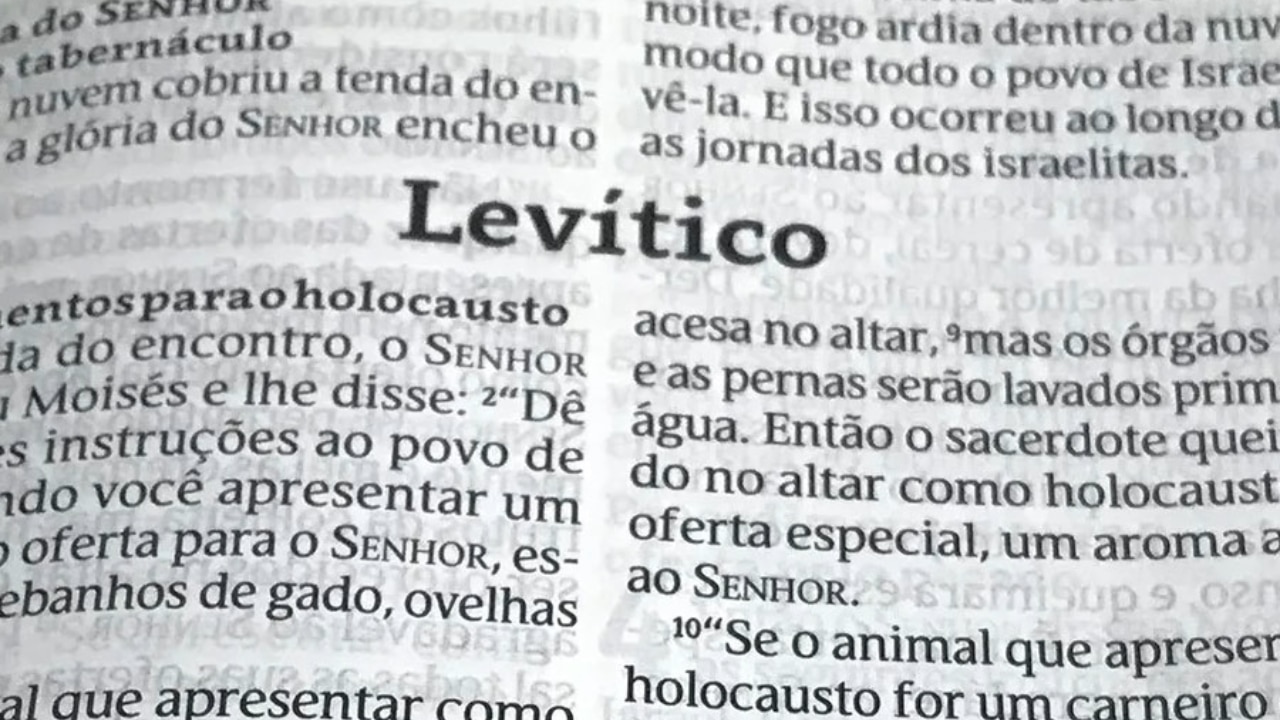Leviticus is often seen as one of the most challenging books in the Bible for modern readers due to its technical nature and its focus on law and ritual. However, this third book of the Pentateuch is crucial to understanding the biblical concept of holiness and the relationship between God and his people. Leviticus not only establishes a comprehensive code of ritual and moral purity, but also shapes the communal and spiritual life of Israel, offering insight into how the ancient Israelites sought to live in communion with the Divine. This article explores the structure, meaning, and contemporary applications of Leviticus, helping readers appreciate its depth and relevance.
Structure and Content of Leviticus
Leviticus can be divided into several main sections, each focusing on different aspects of law and ritual. The first chapters (1-7) detail the various types of sacrifices—burnt offerings, grain offerings, peace sacrifices, sin offerings, and guilt offerings—and the rules for performing them. These instructions are addressed to both priests and people, emphasizing the importance of correct offerings as a means of maintaining a relationship with God.
The middle section of Leviticus (chapters 8-10) recounts the consecration of Aaron and his sons as priests, establishing them as mediators between God and the people. The death of Aaron's sons, Nadab and Abihu, for offering “strange fire” before the Lord, serves as a serious warning about the need to strictly follow divine orders in worship.
Chapters 11-15 deal with the laws of purity, including diets, laws regarding leprosy, and other impurities related to the human body. These detailed rules reflect a deep concern for physical and ritual purity as an outward expression of inward sanctity.
Chapter 16 describes the Day of Atonement (Yom Kippur), the holiest day of the Jewish calendar, when the high priest made atonement for the sins of all the people of Israel. This day emphasizes the need for both personal and communal purification and reconciliation.
The final chapters of Leviticus (17-27) present a variety of moral laws and rituals, including the holiness code (chapters 17-26), which summarizes how the Israelites should live to reflect God's holiness in all aspects of life. . The book concludes with the promised blessings for obedience and the curses for disobedience.
Theological and Cultural Significance
Leviticus emphasizes that holiness is not just a divine attribute, but a quality expected of God's people. This book shapes the understanding of a life that seeks purity, justice, and holiness, establishing a standard of behavior that separates Israel from other nations. By detailing the practices of sacrifice and purification, Leviticus teaches that the worship of God and everyday ethics are inseparable.
Contemporary Relevance
For modern readers, Leviticus offers a window into ancient religious practice and a source of reflection on contemporary issues of ethics, purity, and community. He challenges today's believers to consider how principles of holiness, sacrifice, and purification can be applied in a modern context. In a world where issues of social justice and personal integrity are increasingly pertinent, Leviticus resonates with calls for justice and care for others.
Practical Applications
- Environmental Ethics: Leviticus can inspire an ethic of care for God's creation, reminding believers of their responsibility to preserve and respect the natural world.
- Social justice: The laws about caring for the poor and fair treatment of strangers in Leviticus remain relevant, encouraging a society based on equity and compassion.
- Community Life: Instructions on how to live together can be adapted to promote more harmonious and respectful living together in modern contexts.
Conclusion
Although Leviticus may seem distant and disconnected from contemporary concerns at first glance, a close reading reveals its profound wisdom about how to live righteously and holyly. By exploring this ancient book, readers can discover new ways to apply its timeless principles to modern life, fostering a more just community and a deeper relationship with the divine.


